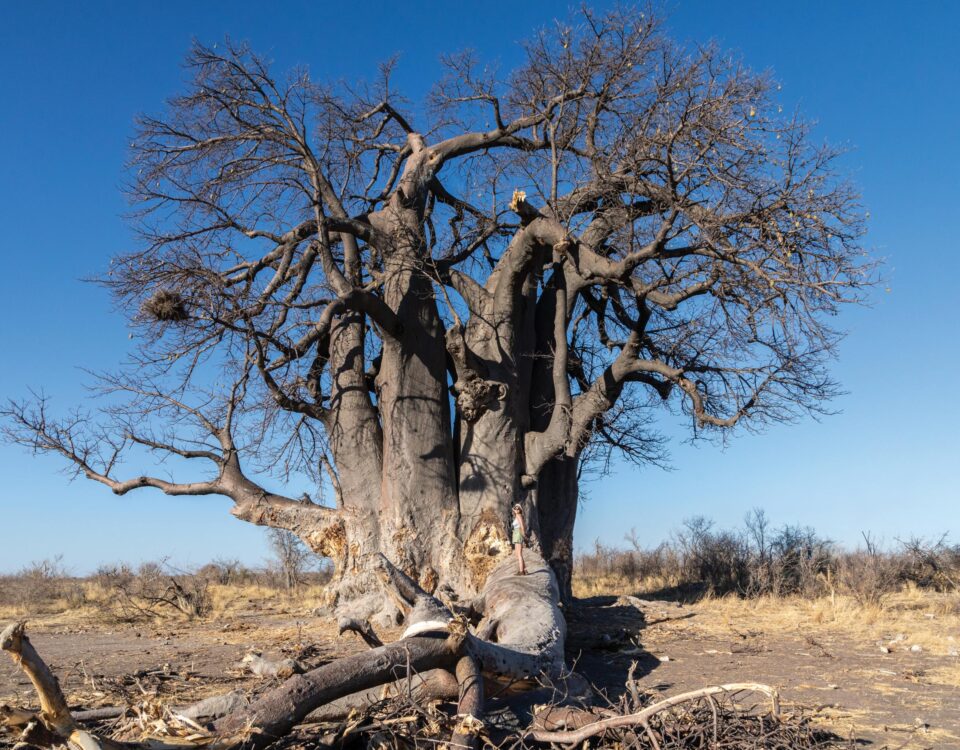Swakopmund – Bring a sweater!
July 25, 2012Paguel and Portuguese cuisine
July 26, 2012Text Bill Torbitt
Enshrined in the constitution
Namibia is one of only a few countries in the world that specifically addresses the importance of environmental conservation in its constitution.
Article 95 states, “The State shall actively promote and maintain the welfare of the people by adopting international policies aimed at the maintenance of ecosystems, essential ecological processes and biological diversity of Namibia, and the utilisation of living natural resources on a sustainable basis for the benefit of all Namibians, both present and future.”
The country has one UNESCO World Heritage Site – the rock engravings at Twyfelfontein or /Ui-//aes.
Namibia’s most significant ‘biodiversity hotspot’ and one of the world’s few arid biodiversity hotspots is the Sperrgebiet National Park, proclaimed in 2008. Most of the Namib Desert coastal strip is protected, including the Skeleton Coast Park, a 20 000-square-kilometre area of spectacular arid desolation.
Notable facts and figures
Namibia has a high level of biodiversity and endemicity.
Approximately 75% of the mammal species of Southern Africa occur in Namibia, including 14 endemic species. The country hosts 292 mammal, 642 bird, 269 reptile, 73 frog, 8 064 insect, 607 fish and 4 471 plant species.
Some 42% of Namibia’s surface area is under conservation management. This includes national parks and reserves, communal and commercial conservancies, community forests, and private nature reserves.
Namibia is the only country where populations of big game animals living in the wild are increasing. In the Kunene Region desert-adapted elephant increased from about 150 in 1982 to about 750 at the last count, and desert-adapted lion from 20 in 1995 to about 130 today.
Namibia boasts the largest free-roaming populations of black rhino and cheetah in the world. The country’s total elephant population more than doubled from 7 500 in 1995 to over 16 000 in 2008, while the population of Hartmann’s mountain zebra in the north-west has grown from around 1 000 in 1982 to around 27 000 today.
The jewel in the crown
Proclaimed in 1907 by the governor of the then German South West Africa, the Etosha National Park is one of the oldest game reserves in Africa.
At one time it was the largest game park in the world, covering some 100 000 square kilometres and extending northwards to the Kunene River and westwards to the Atlantic Coast.
However, this included large regions where considerable numbers of local people lived off the land, and in the 1960s was reduced to the area surrounding the Etosha Pan itself.
Private conservation initiatives
NamibRand is a private nature reserve established by Windhoek businessman Albi Brückner, who integrated no less than 15 former sheep farms into one single conservation unit to help conserve the ecology and wildlife of the south-western Namib Desert. Extending over an area of some 202 000 hectares, NamibRand is probably the largest private nature reserve in Southern Africa.
The N/a’an ku sê Foundation, started in 2006, is an internationally known and respected project centre for the conservation of cheetah, leopard and other carnivores such as hyaena and wild dog.
Community-based conservation
In 1996 the Government of Namibia introduced legislation giving local communities the power to create their own conservancies and to manage and benefit from the wildlife on communal land, allowing them to work with private companies to create their own tourism products.
Communal conservancies managed by local populations have grown from four in 1998 to 76 today, covering almost 19 per cent of the country. One in four rural Namibians is involved in some kind of conservancy activity. Total benefits arising from communal conservancies between 1998 and 2010 totalled N$179.3 million.
Sources and references available from bill@iway.
This article appeared in the August Edition of FLAMINGO Magazine.





